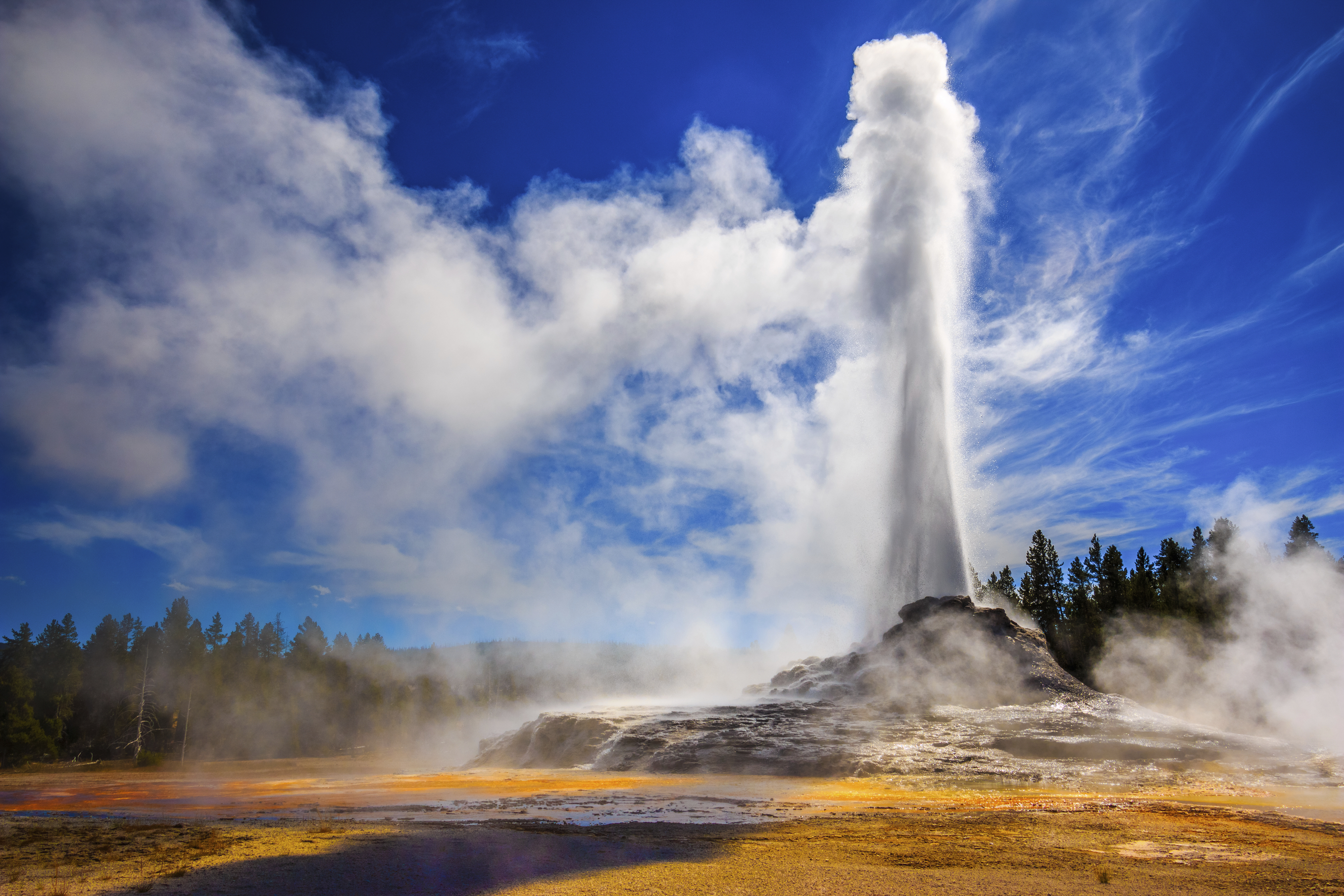Yao Xie, ISyE Assistant Professor, has been applying her work in Big Data to a geophysical project funded by the National Science Foundation. The project entails mapping shallow earth structures in Yellowstone National Park, with possible further applications for the oil industry.
In the Yellowstone project, microphone sensors that look, according to Xie, like a big nail, are placed in the ground. The head of the “nail” — or the microphone — contains the sensor and the data storage card. The “tail” of the sensor contains the receiver, which records the sound waves coming out of the earth, to a depth of the top few kilometers.
On this four-year-long project, Xie is working with a geophysicist from the University of Utah and a professor from the University of Georgia who specializes in developing sensor networks for geophysical structures such as volcanoes. Xie’s role is to “develop new efficient methods to process and analyze the collected large amount of data.”
“I will take the data collected by the sensor network developed by my colleagues and analyze this data for the image [of the earth],” said Xie. “That way we can see how these underlying geophysical structures are evolving over time, and detect any interesting features.”
Because the sensors obviously cannot see through the ground itself, what they record is called ambient noise. According to Xie, ambient noises are the noises or hum made by the earth. Essentially, the sensors listen to the ground and record the hums they hear.
“We will have hundreds and even thousands of sensors placed in the earth to listen at the same time,” she said.
The Yellowstone sensor network has not yet been placed, as the team is still in the process of securing permission for the project from the National Park Service.
Xie is also developing the model for processing all the data. The data she is using comes from an oil company in Texas that has placed a sensor field for purposes of oil exploration. This sensor network is very similar to the one that will be used in Yellowstone.
Xie said that the oil company listens to the earth for about a month, and this generates five terabytes of data. In order to develop and improve the model for processing the data — her task for the first three years of the project — Xie said that she needs to “improve the algorithm and cross- validate results with my geophysicist colleague to develop efficient algorithms for a distributed sensor system, and produce high-fidelity images in-situ.” In the final year of the project, the team will apply for a permit to place sensors in Yellowstone, deploy the system, and process data from the national park.
“This project has both a scientific flavor as well as algorithmic and theoretical challenges, because it involves Big Data — very high-dimensional data that is continuous over time — and we would like to work online in real-time fashion,” said Xie. “So that fits with my research interests very well.
“At the same time, it will have a real impact on the scientific world. They do need this data analysis technique to analyze this large amount of data, to be able to detect changes in real time, with the need for an algorithm for processing the data.”
